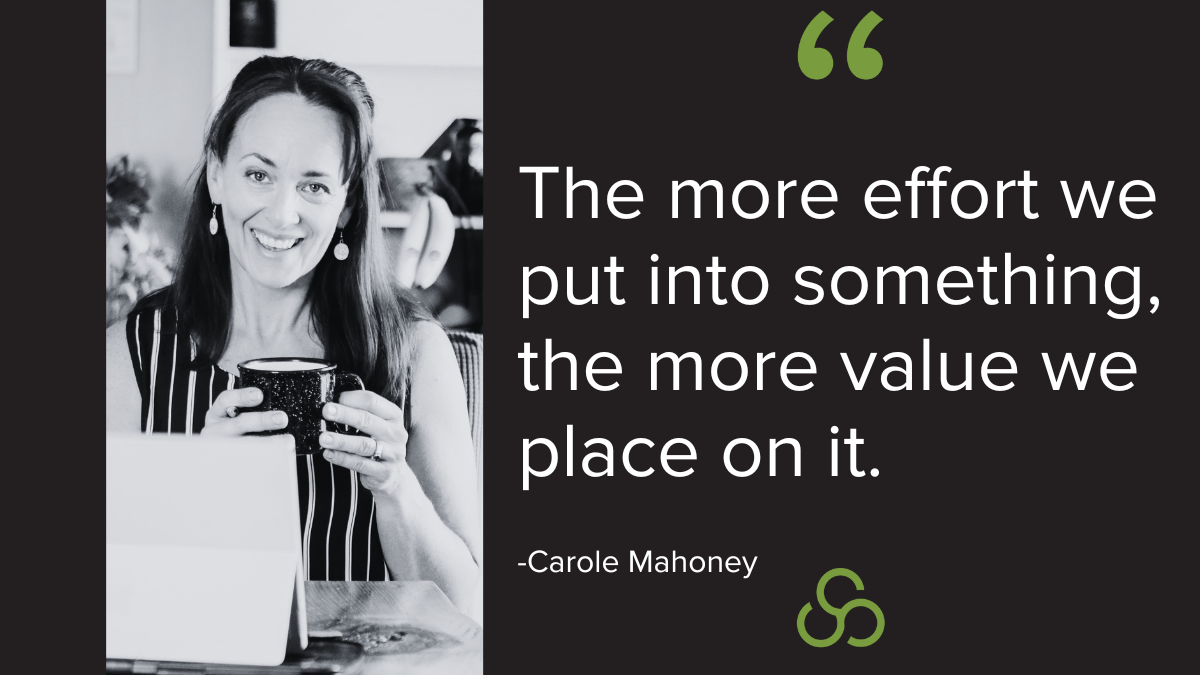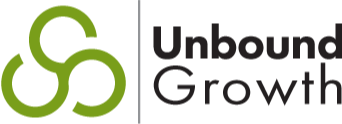
What are the essential skills for us to have to be a #buyerfirst seller? If I can only list one fundamental skill as the most important. It's the ability to collaborate. My mom and Napoleon would say, “if you want something done right, you have to do it yourself.”
Well, sorry, mom, but you're wrong.
the Ikea Effect
Harvard Business School did a study in 2011. The subjects were willing to pay 63% more for products they had assembled themselves. That was far more than they were willing to pay for stuff put together. They saw this as being more valuable than what an expert would do.
So, in addition to placing more value on products they put together, the researchers also found that people were willing to pay more for products that their peers put together rather than by experts. People like them.
Researchers called this the "Ikea effect." Yes, after the Swedish manufacturer that sells products we put together at home. This is just one of several cognitive biases that caused us to link between what we perceive as effort and what we consider valuable.
The more effort we put into something, the more value we place on it. When we collaborate with our buyers in the design process, they're more willing to buy and pay because they feel they have a say in the final product.
I learned the hard way.
It was shortly after I had started Unbound Growth. A mentor convinced me we would have to implement this virtual online training program. And we could enroll all kinds of people into it. We spent --well, I spent many hours crunching numbers and putting things onto a spreadsheet to see how many people we could put through a course. And how much would we charge for that?
As the numbers in that self spreadsheet started to grow and add up, so did the zeros. I got excited, and the number rose with my excitement. We figured that with a twelve-week course, we would get a hundred people to sign up for it at $1,000. We'd be cashing in a hundred grand a quarter. And, of course, if people took the online course, they'd want to do one-on-one coaching.
And so for every 1% or ten people we converted, there are another sixty thousand dollars, without having to do anything. It's all repeatable business online. We'll be sipping Pina Coladas by the beach and still making money.
This sent me to a ton of activity. I did nothing else than share cold calls, put a blast to every one of my lists, and posted endlessly on social media. So, when I was blasting it out to everybody with a pulse or Twitter account, I locked myself in my office with my PowerPoint. I was putting together slides that would make us rich after all. Following eight weeks of constant promotion, PowerPoint edits, and frustration, I was ready for the students to come in and start cashing in.
Do you know how many people signed up?
One. ONE! I couldn't believe that only one person signed up after all this work and effort. It was a complete waste of time and resources. I didn't understand how people advertise and make so much money on their courses. I didn't know what we had done wrong, which meant I didn't know how to improve it. So I gave up. I wish I had learned this lesson the first time that happened. But I didn't.
I spent a lot of time and effort trying to create products, services, and offerings that people would want. Only to realize that they weren't interested. I don't know why I was surprised that they didn't want to come to the party I had put together for them. Especially when I never even asked what they were interested in.
So, Napoleon and my mom were wrong.
Doing something yourself isn't the right way to do it. The right way to do it is to collaborate.
So I took those lessons. And I experimented to find out how to build the six-week virtual pilot course.
I used Danny Innie's course builders lab to do this. I was surprised by how tweaking the process to discover and collaborate with people helped me help them!
Collaborative questions for designing something:
- What do they want in a course?
- What works for them?
- What doesn't work for them?
- What have they tried?
- What did they like?
- What did they not like?
- What are their goals?
I thought I would just run this course as a test to see if it would work. But I learned a whole bunch of things. Like, my students wanted to create a community. A place where they could safely share their challenges and experiences outside of the walls of their workspaces and Slack channels.
Selling is a full-time profession, so knowing that other people struggle like you is helpful. I didn't know that before. I also didn't expect essential steps like goal setting to be so transformative for the students. However, that was the feedback I received.
And then, I was encouraged.
The students wanted to keep learning and sit in on future classes. Additionally, they went so far as to recommend it to other students because they had helped put it together. Not only did I build this course once, but I also took that feedback and created an on-demand course. And for the next eighteen months, I ran that pilot course. It eventually got the attention of a company that wanted me to teach it to their whole team.
I haven't had time to publish it online because everybody keeps signing up for it. All because I collaborated with a group of students who put more value on it. Then told their peers about it, and those people also place more value on it.
➡️If you love this post, please share it. And add your comments. I would love to hear your feedback on this particular topic.
📨And If you haven't yet subscribed to our blog or to our monthly newsletter, please do so. You'll find more science-based sales tips that we will be working on.






